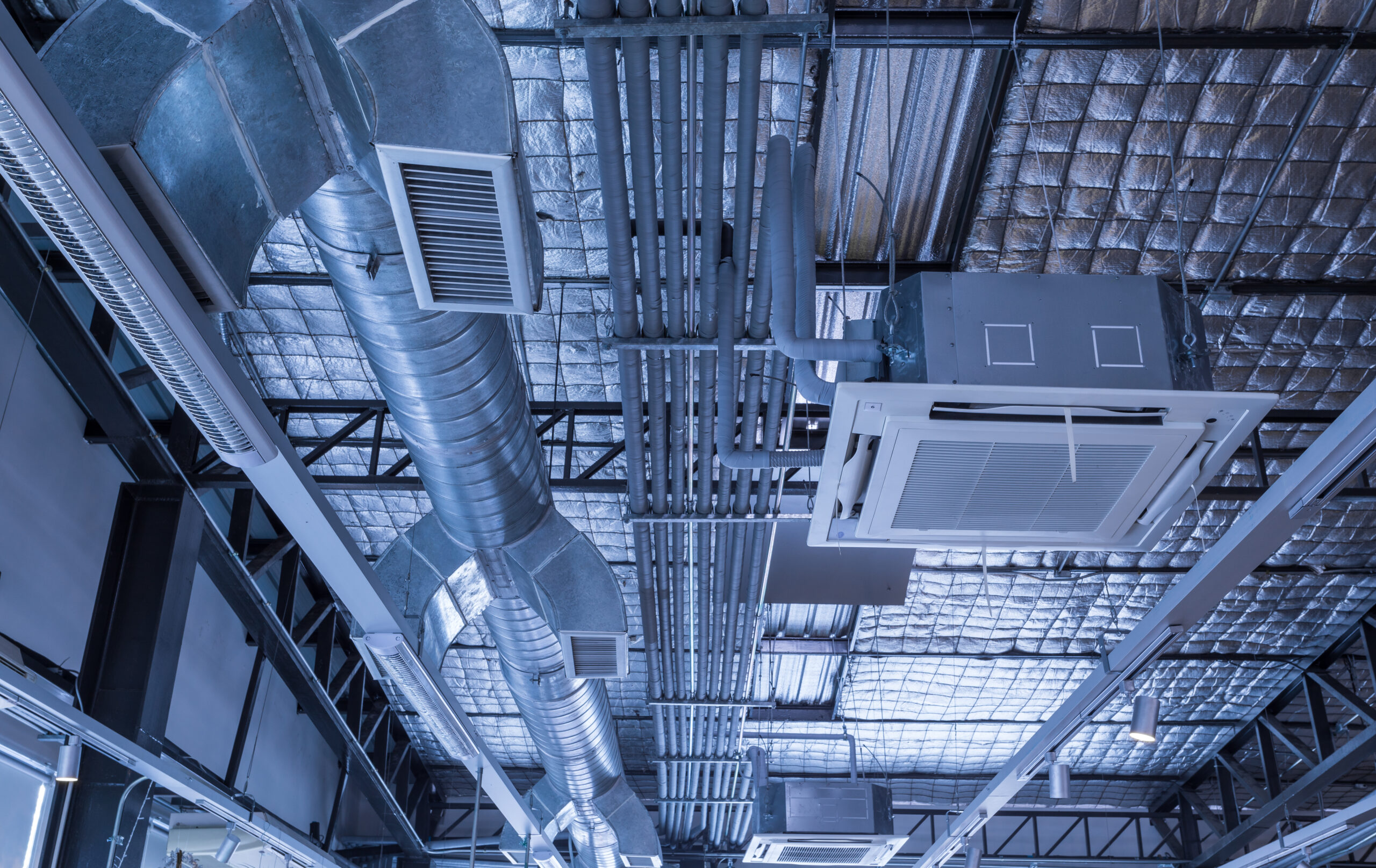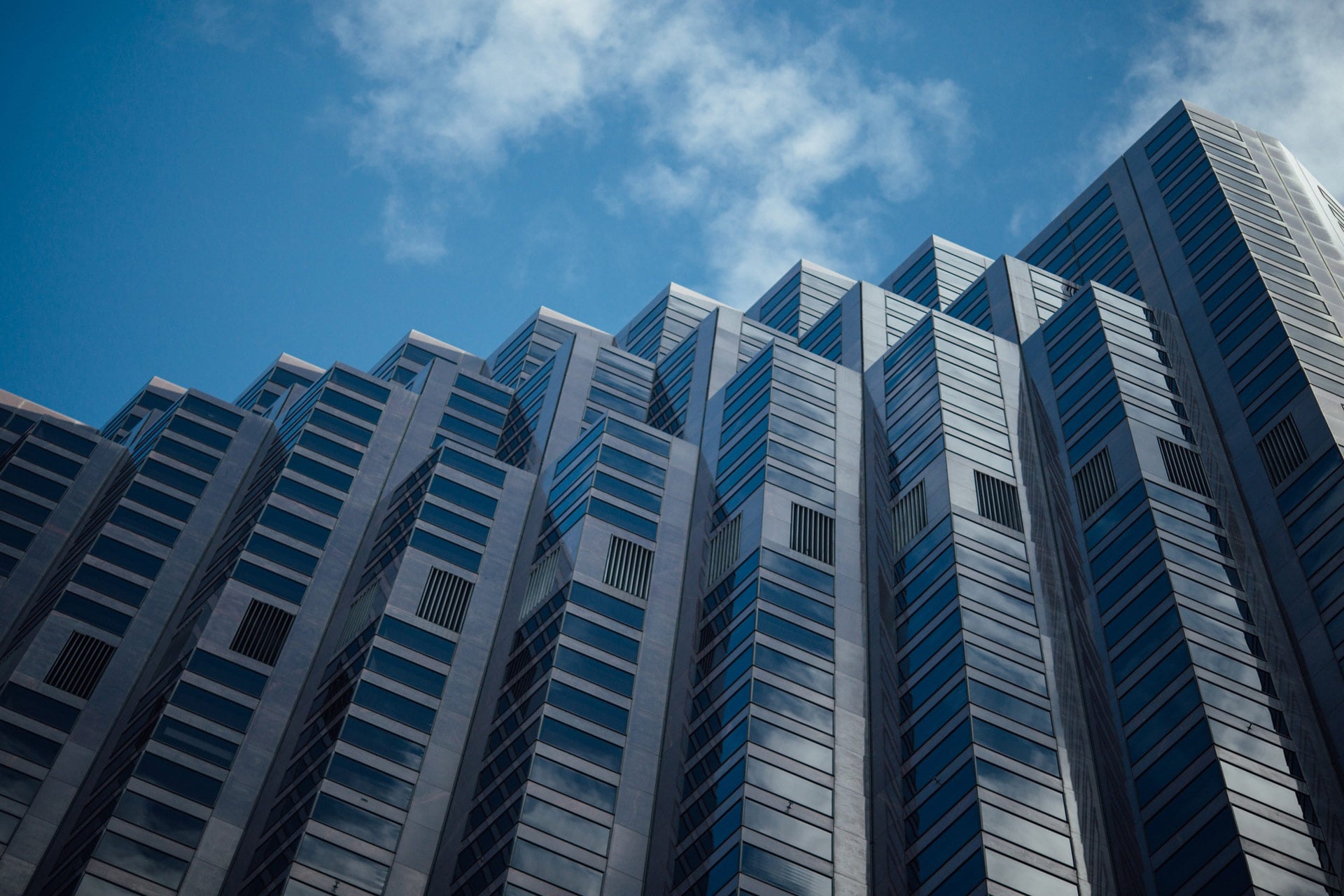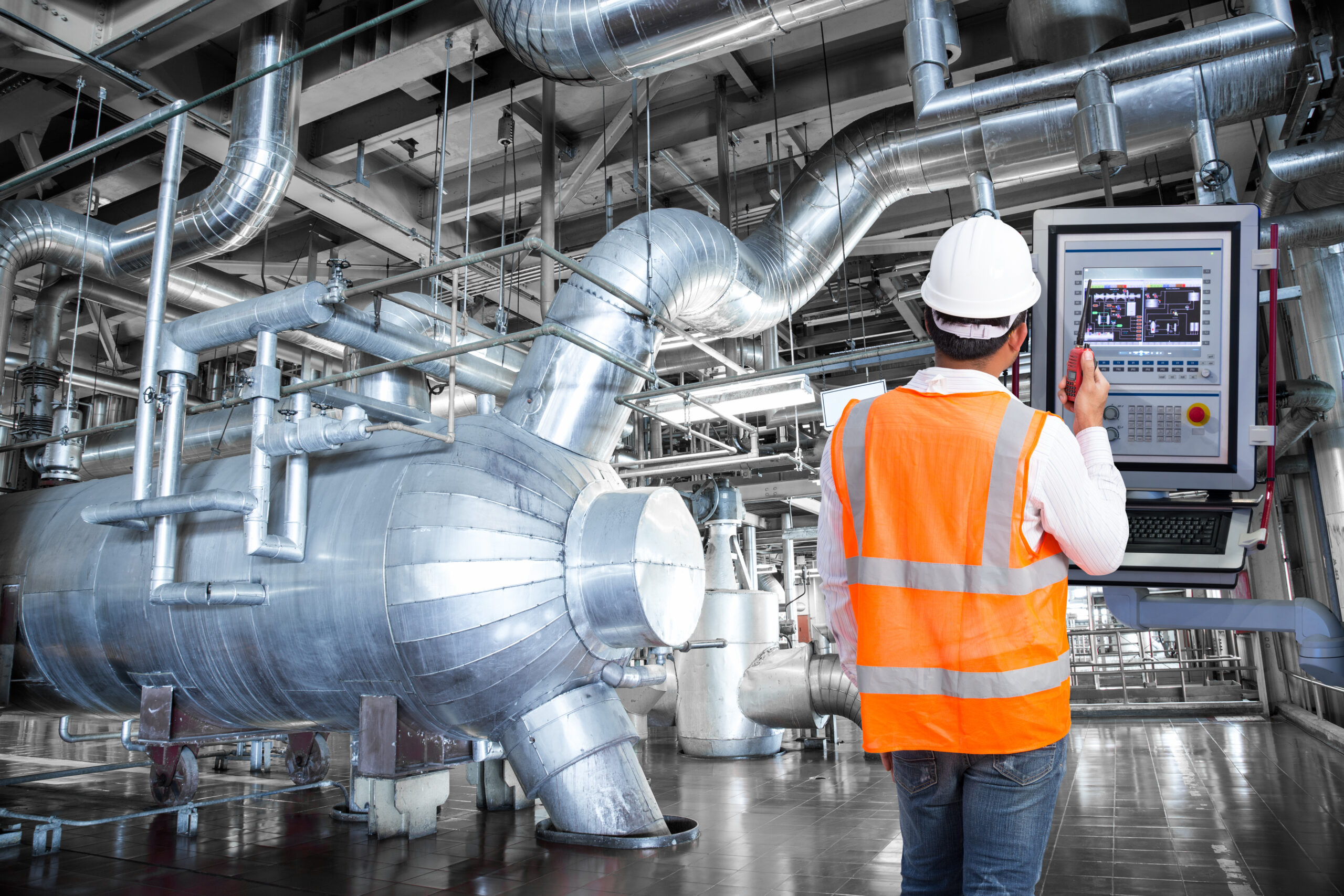
What Is an HVAC System?
June 6, 2016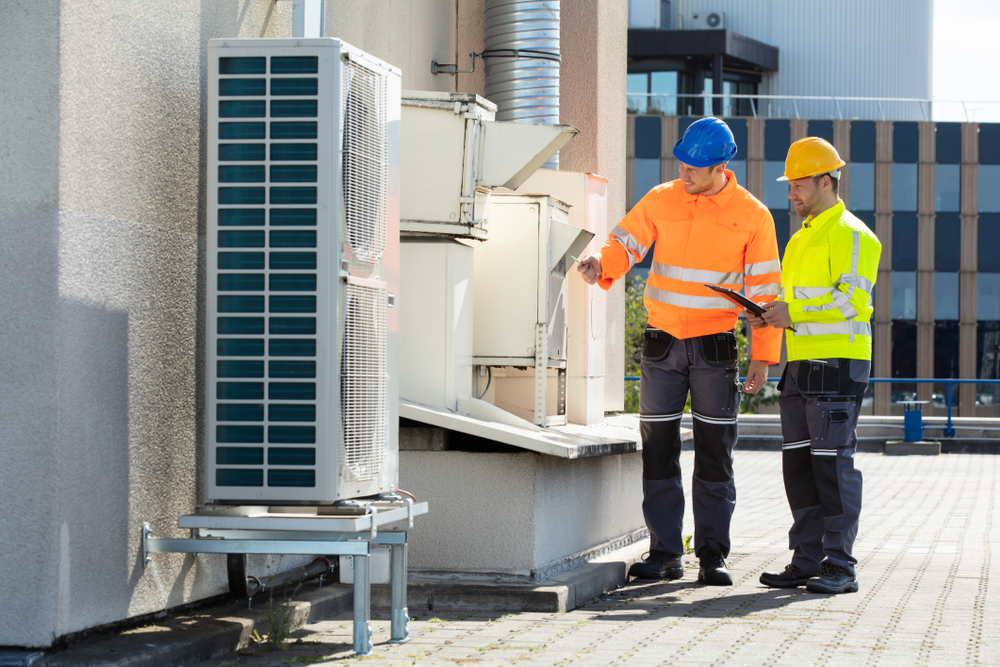
Why HVAC Maintenance is Essential
June 6, 2016HVAC systems are an important part of any commercial building. Restaurants, hospitals, schools, hotels, office buildings, and other commercial buildings require well-performing HVAC systems to keep their occupants happy, whether it’s during a freezing winter or a steamy hot summer.
What is an HVAC System?
HVAC stands for Heating, Ventilating and Air Conditioning. HVAC systems help to control the temperature, humidity and air quality within a building to provide a comfortable environment.
So now that you know what they are, the next question is: how do they work?
The heating aspect of an HVAC system is produced by using radiators or supply air systems within the commercial building. Ventilation is accomplished by extracting contaminated air out of the building while maintaining clean air. It also circulates the internal air and removes any excess humidity. Mechanical systems like fans are typically used during ventilation. Finally, cooling systems lower the temperature and help to maintain proper levels of humidity within the commercial building.
How Does a Commercial HVAC System Work?
Commercial HVAC systems in buildings contain interconnected systems that provide heating, ventilation, and cooling to individual floors or other areas within the structure. Commercial HVAC systems usually include heat pumps that extract heat from the air or water for heating purposes. Water source heat pumps contain pipes that carry water throughout the building. Roof top units are typically on the roof of the building, but they may also be on the ground. They work to put the conditioned air into the building. Chillers generate cool water that is distributed by pipes to air cooling coils. Heaters within commercial HVAC systems come in two different types: Radiant heaters that utilize infrared radiation and furnaces that burn fuel to heat the air within the structure.
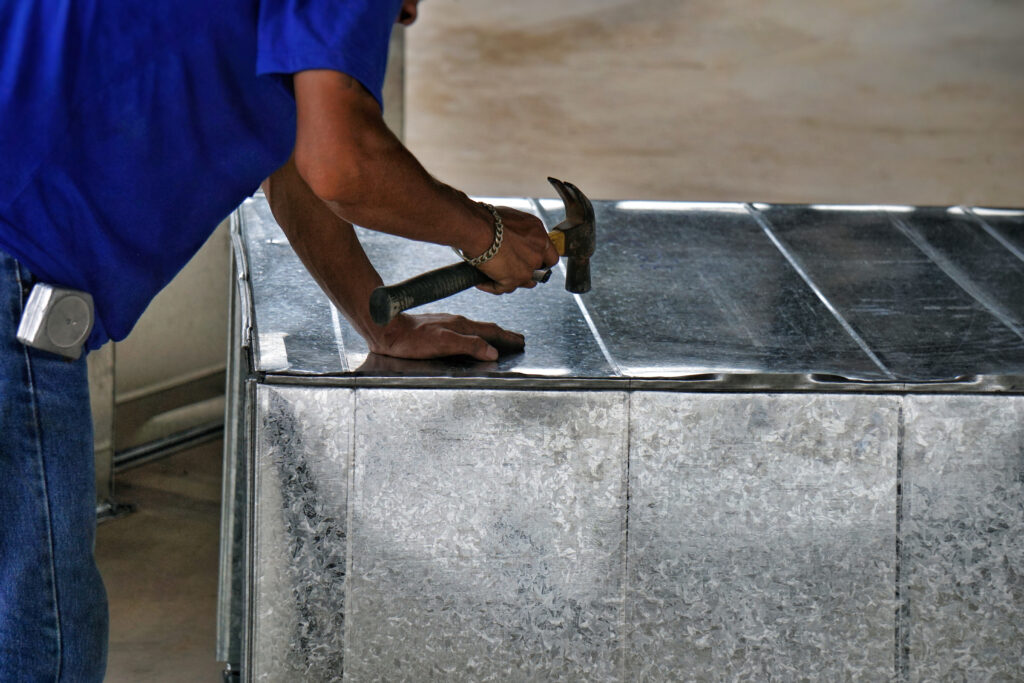
Text, that where it came from it
What Kinds of HVAC Systems do Commercial Buildings Use?
Most commercial buildings within the United States use one of the following categories of HVAC systems:
-
Centralized
A centralized HVAC system is a singular unit, usually located in a single area or zone that supplies the HVAC needs of the commercial building. These systems usually use water as the cooling medium and have considerable ductwork for air distribution. Some of the benefits of using a centralized system include a higher load management possibility as well as the fact they’re easier to control. On the other hand, they are much more complex to operate and maintain.
-
Packaged
Packaged HVAC systems typically contain the air conditioner and heat pump together with the evaporator and fan coil in one unit. They’re most likely to be used in commercial buildings that don’t have a lot of extra space for all of the separate parts of the system. They include a thermostat that controls the system, along with optional items such as air quality improvers, purifiers, and ventilators.
-
Individual
Individual HVAC systems are commonly referred to as decentralized systems. These commercial HVAC units provide heating, cooling, and ventilation by using multiple individual units in different locations of the building. They are easy to control, but they are not the preferred system for larger commercial buildings. Roof top units, AC units for offices or rooms, and air to air heaters are all examples of an individual HVAC system.
Commercial buildings come with unique heating, cooling and ventilation challenges that differ from residential spaces. It’s important to hire a contractor who understands how commercial HVAC systems work. The experienced team at Quick Servant has been providing commercial businesses with quality HVAC products and services for more than 40 years. If you have any questions about your commercial HVAC system, feel free to give us a call.


